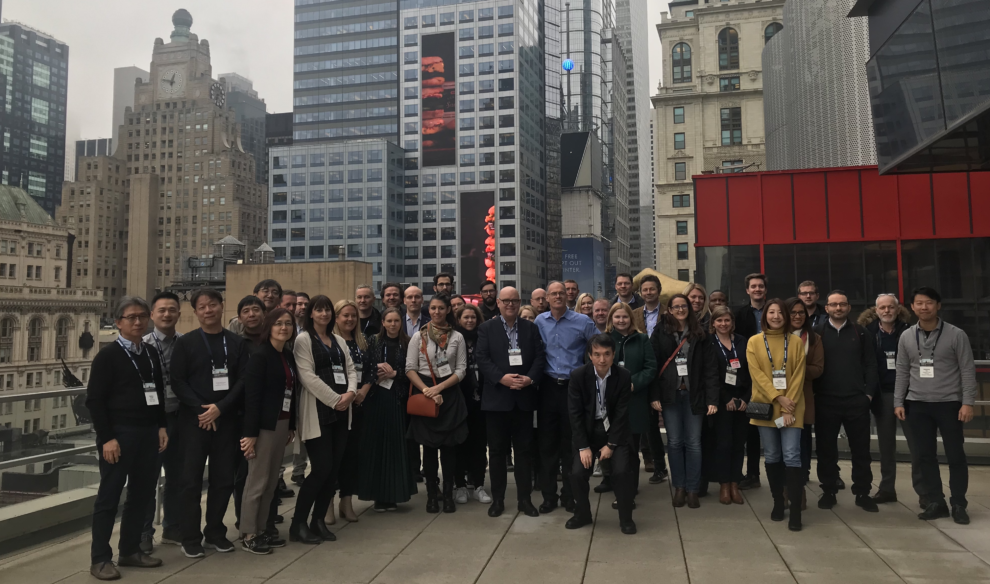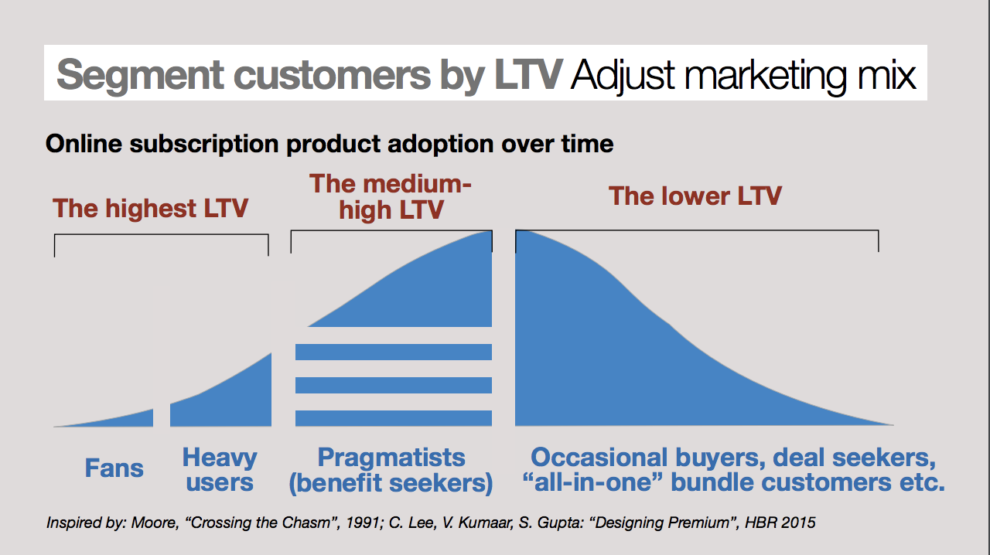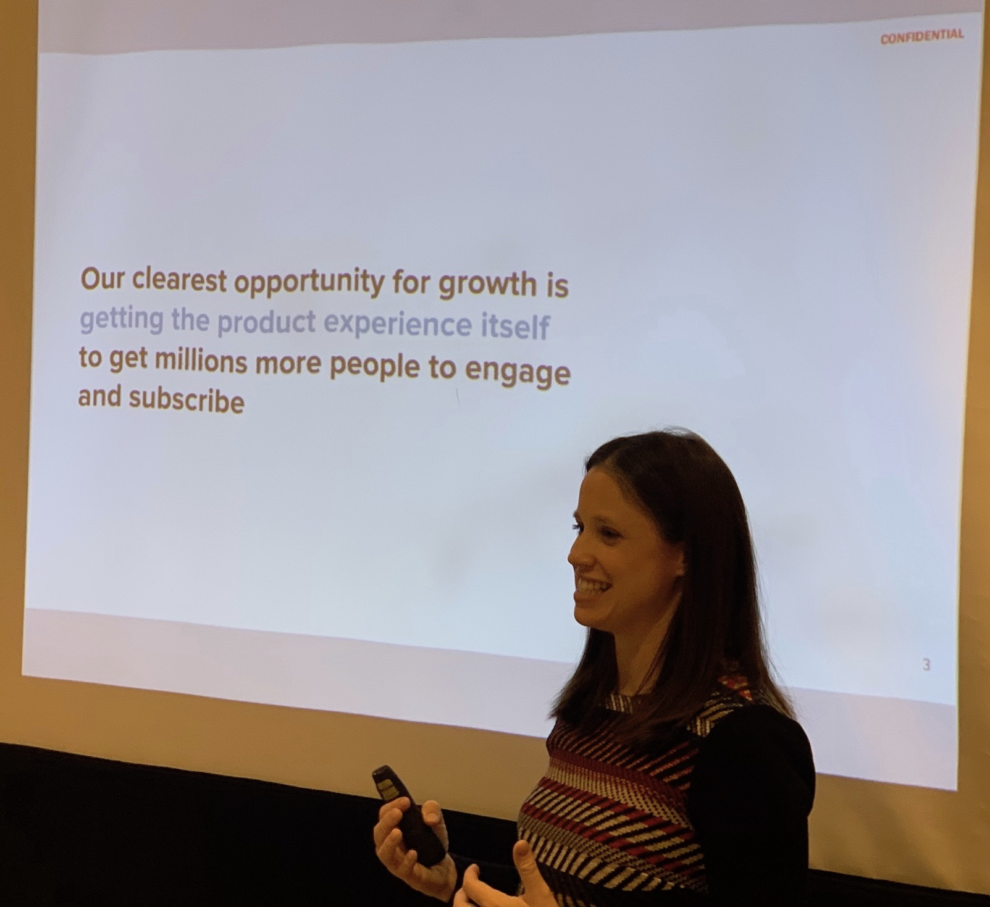This past week more than 200 news executives gathered in New York to discuss the state of subscriptions in our industry and to gather inspiration from their peers at INMA’s third Subscription Summit. Twipe was there for both the Study Tour and Summit, so we have taken the time to distill our learnings into 6 key takeaways.

1. Stop thinking of “readers” as a homogenous group
Professor Thales Teixeira challenged the industry to stop talking about “the readers” as if they are one homogeneous group. He gave the example of his work with many food companies, and never once did he hear them talk about “the eaters”. We have to truly understand the different individual segments of our audience and make sure we are serving them the content and the products they need.
2. The newspaper industry needs to better adopt Customer Lifetime Value
Grzegorz Piechota, Researcher-in-Residence at INMA, believes the news industry can learn from the plethora of other industries that have heavily adopted the Customer Lifetime Value. He encourages newspapers to better adopt Customer LTV into their business analysis, and advises that the target ratio of acquisition cost to lifetime value is 1:3. We need to better understand the profitability of each reader.

3. Editions still strong
We were happy to hear from INMA that their research shows editions are still very strong. The survey of attendees shows that the ePaper is still an important part of digital strategies. We look forward to seeing how publishers will innovate on this concept, especially in the US. A few years ago we started seeing publishers in Europe launching ‘digital-only editions‘, and we are heartened to see this trend has finally come to the US with the launch of a new digital-only evening edition from The Dallas Morning News recently.
Replica refuses to go away.
Robert Whitehead, Board Member, McPherson Media Group
4. Day One for publishing
Often even when the news industry innovates today, there are still traces of the world of print’s impact on new products. We need to take the learnings from the past 400 years of print, but not necessarily all the traditions. During a study tour visit to The Wall Street Journal, chief news strategist Louise Story encouraged the industry to truly break every tradition that comes from print. For example, she believes photo captions don’t belong in digital stories, because the reading behaviour is often different digitally.
5. Product thinking is crucial to survival
David Rubin, CMO of The New York Times explained that the only way people will subscribe is when they engage with the journalism and have a great experience, within the Times’ ecosystem. While we heard this idea repeated a few times during the conference, there wasn’t a chance to dig too deep into what exactly product thinking implies. That’s one reason why we are excited to hear Anita Zielina speak on exactly this at SXSW next week. Do let us know if you will be there as well!

6. It is a matter of when, not if, for registration walls
Registration walls are being adopted by more and more publishers every year. This year’s survey by INMA found that 53% of the news organisations in attendance had a registration wall, up from 33% last year. David Rubin, Chief Marketing Officer of The New York Times explained they had recently added one because it gives them more data in order to create the important long-term relationships with their readers. However, in order for the registration wall to actually work, it is important to actually make the logged-in experience better. Lauren Bertolini, Chief Product Officer of The Daily Beast explained that they see every email address as an opportunity for brand loyalty, with an experiment showing that users who gave an email address converted to paying subscribers at a 25x higher rate than users who paid for a discounted $1 trial offer. For Peter Doucette of FTI Consulting, registration walls are the future of our industry. They help de-anonymise users and give publishers more first-party user data, so he believes in three years all publishers will have adopted a registration wall.
Six brain snacks for the people who have read to the end
- In Sweden, Bonnier just bought a train to be able to offer a “journalism on rail” experience for their most engaged readers.
- Habit remains an important topic for many publishers, executives from Newsday, Advance Local, Bonnier, Condé Nast, and The Wall Street Journal all shared their key learnings.
- Suzi Watford, CMO of The Wall Street Journal, shared that they recently expanded their onboarding series from five steps to fifteen because of how important this time is in the habit-formation journey.
- Yasmin Namini, former Chief Consumer Officer at The New York Times shared her philosophy that if you win on every test you run, then you are not running enough experiments.
- Newsday saw nearly double the opening rate on their pop-up newsletter for a local political corruption trial than on their other newsletters.
- Attendees were very interested in learning how The New York Times has recently switched to a mission-focused company structure, as organisational transformation is becoming more and more of a key concern for publishers.
